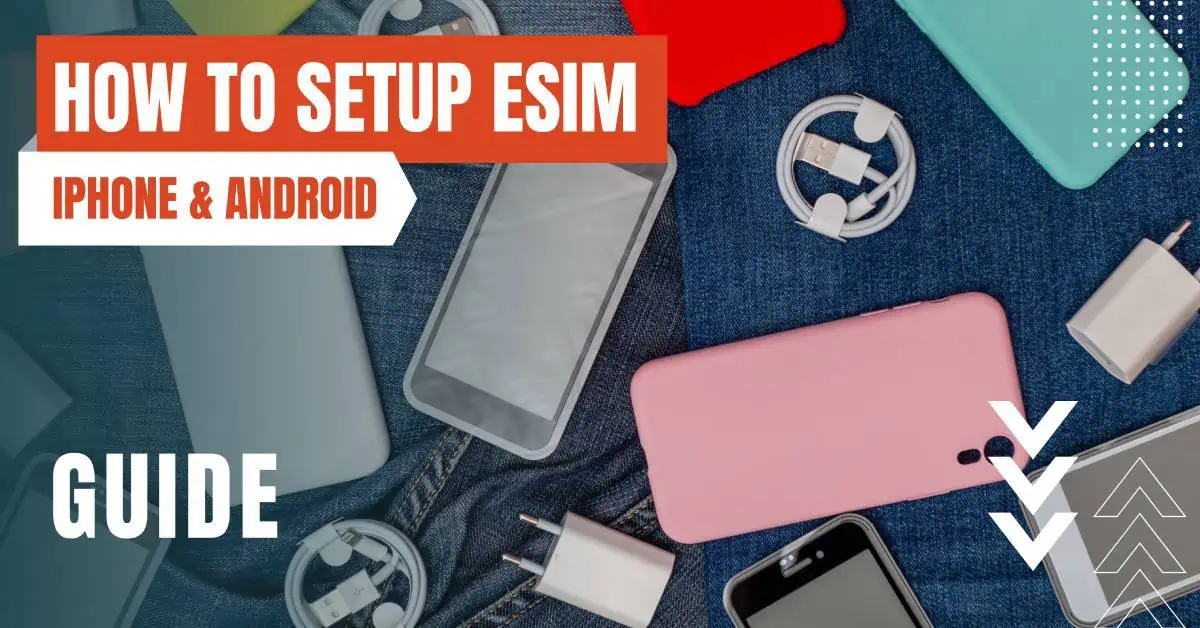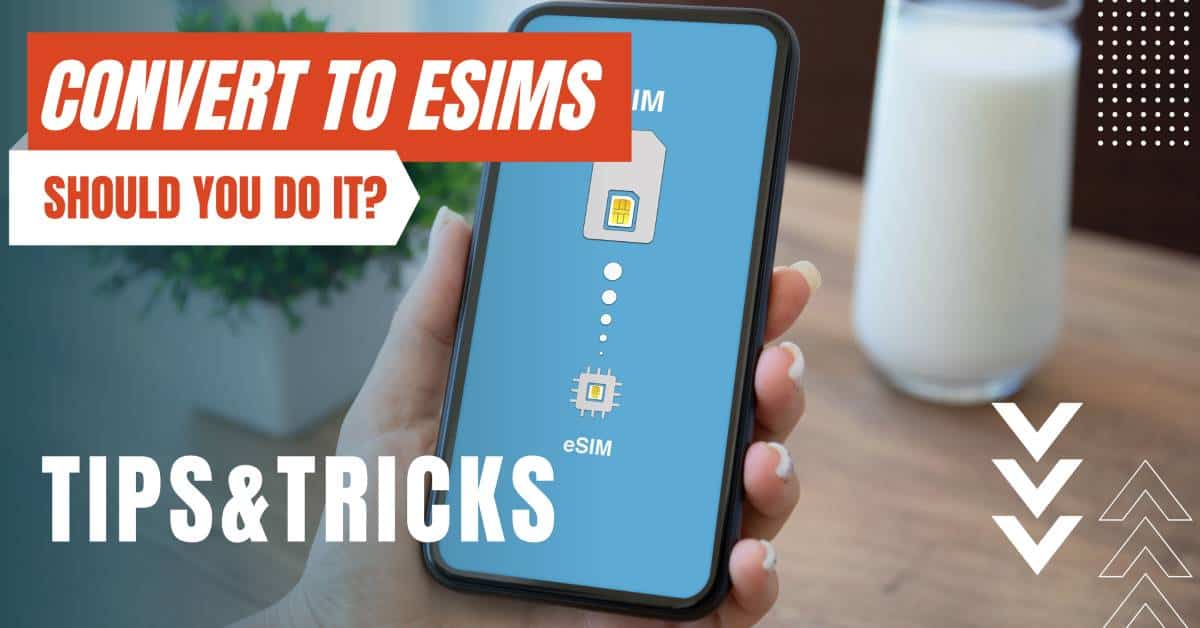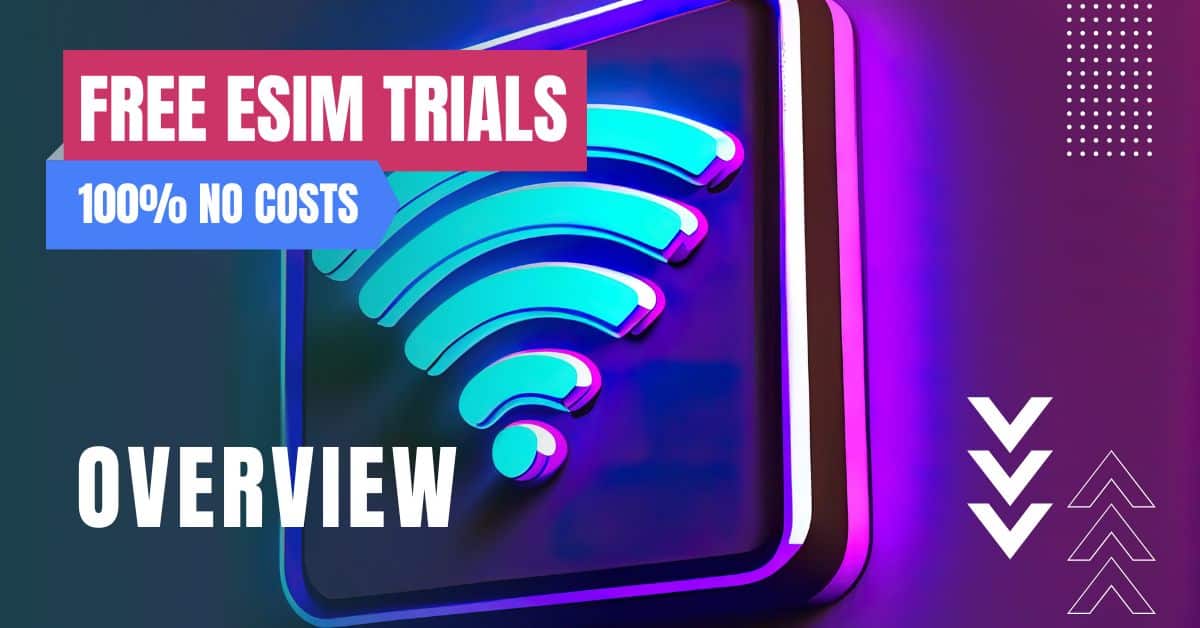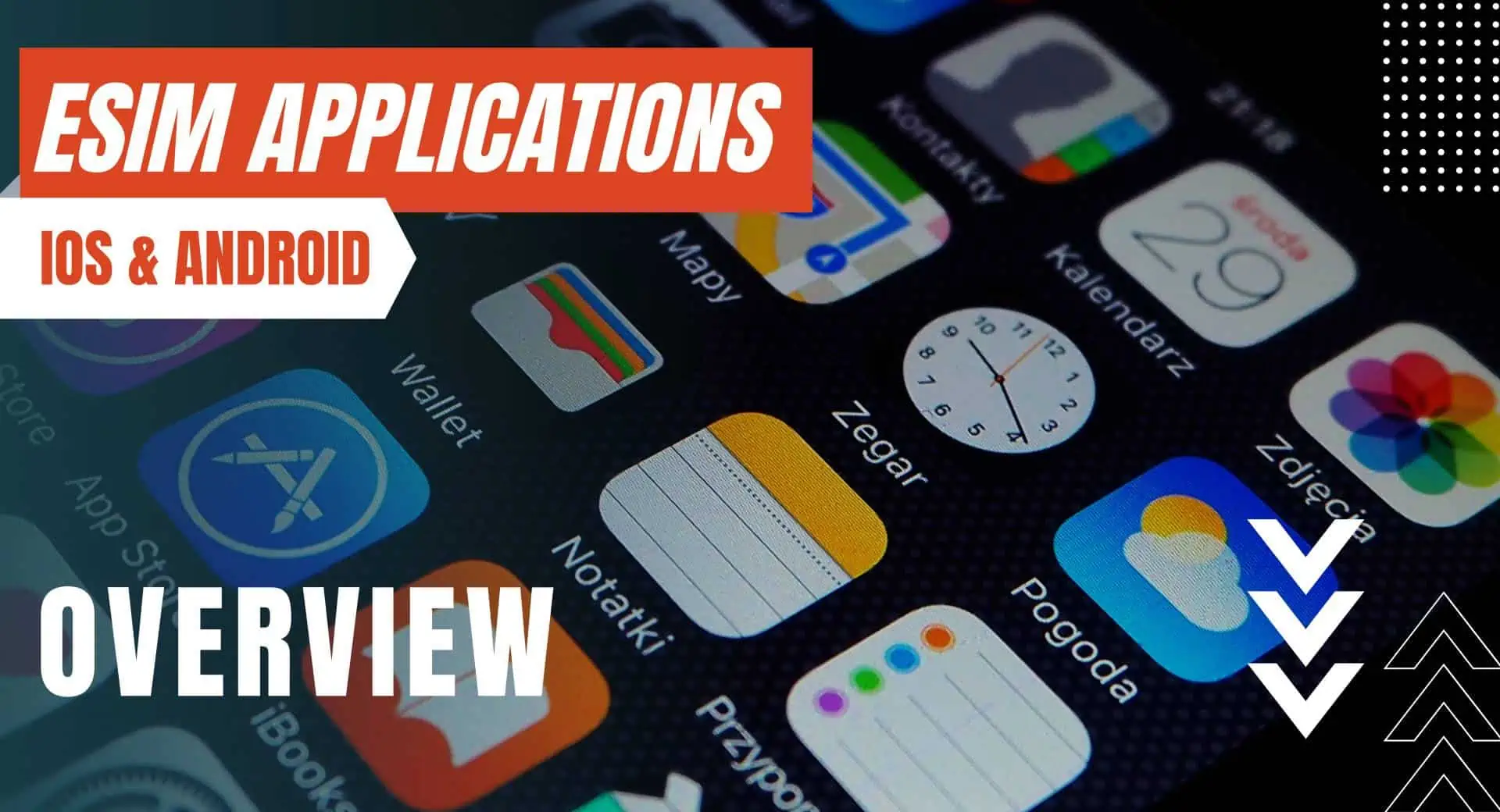All of the products and services we feature are chosen independently. If you click through links we provide, we may earn a commission. Learn more
Written by: Emily Chen
What Happens if You Delete Your eSIM
- Updated: September 30, 2023 | Published:
If you’re considering deactivating or deleting your eSIM (embedded SIM), there are a few things you should know. An eSIM is a digital SIM card that allows you to connect to a mobile network without the need for a physical SIM card. It’s becoming increasingly common in smartphones, tablets, and other connected devices.
While the convenience of an eSIM is undeniable, there are some potential risks involved in deactivating or deleting it. Here’s a closer look at what can happen if you do so.

Risks of Deactivating or Deleting your eSIM
One of the main risks of deactivating or deleting your eSIM is that you may lose access to your mobile network. This means that you won’t be able to make calls, send text messages, or use mobile data on your device. In some cases, you may also lose access to services that rely on your mobile connection, such as mobile banking or ride-hailing apps.
Another risk is that you may not be able to reactivate your eSIM. Depending on your device and mobile network, it may not be possible to reactivate an eSIM once it has been deactivated or deleted. This could leave you without a working eSIM, and you may need to purchase a new one in order to regain access to your mobile network.
Finally, there’s the risk of losing any data or settings associated with your eSIM. Depending on your device and mobile network, you may lose access to things like your contacts, text messages, and other data stored on your eSIM. You may also lose any settings or preferences that were associated with your eSIM, such as your voicemail number or preferred network settings.
How to Avoid the Risks
If you’re considering deactivating or deleting your eSIM, it’s important to weigh the potential risks against the benefits. In most cases, it’s best to avoid deactivating or deleting your eSIM unless absolutely necessary.
If you do need to deactivate or delete your eSIM, make sure to do so carefully and thoughtfully. Be sure to back up any important data or settings before you deactivate or delete your eSIM, and make sure that you know how to reactivate it if necessary.
It’s also a good idea to check with your mobile network and device manufacturer to see if they have any specific recommendations or guidance on deactivating or deleting your eSIM. They may be able to provide you with additional information and support to help you avoid any potential pitfalls.
Final thought
In conclusion, deactivating or deleting your eSIM can have consequences for your device and your mobile service. It’s important to consider the potential risks and take steps to avoid them if possible.
By understanding the risks and taking care when deactivating or deleting your eSIM, you can minimize the potential negative impacts and ensure that you continue to have access to your mobile network and the services you rely on.
By entering your email & signing up, you agree to receive promotional emails on eSIMs and insider tips. You can unsubscribe or withdraw your consent at any time.

About The Author
Spread the Word, Share the Joy
Compare eSIMs
Why keep the secret to yourself? Spread the joy of eSIMradar and let everyone in on the eSIM experience!

Easy eSIM Comparison for Your Needs
Simplifying your search! Easily compare eSIM plans tailored to your specific needs

Coverage in 210+ Countries
Benefit from our extensive eSIM comparison with 30+ providers in over 210 destinations.

Save money without second-guessing
Our platform helps you maximize value, ensuring competitive prices.

Enjoy Hassle-Free Travel Abroad
Whether you’re on holiday or a business trip abroad, stay connected with ease and focus on enjoying your experiences,
Find Your Perfect eSIM & Exclusive Deals!
Find your ideal eSIM effortlessly and stay connected in style wherever your adventures take you! Get exclusive deals and discounts at your fingertips, ensuring you get connected for less on your travels!













